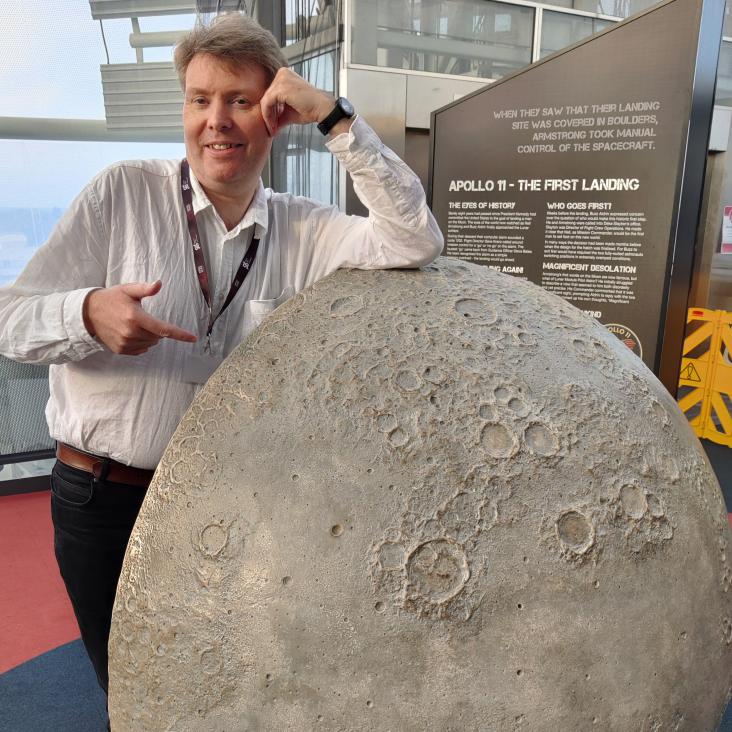The Winchcombe meteorite, a unique and pristine witness from the outer solar system
Science Advances American Association for the Advancement of Science 8:46 (2022) eabq3925
Abstract:
Direct links between carbonaceous chondrites and their parent bodies in the solar system are rare. The Winchcombe meteorite is the most accurately recorded carbonaceous chondrite fall. Its pre-atmospheric orbit and cosmic-ray exposure age confirm that it arrived on Earth shortly after ejection from a primitive asteroid. Recovered only hours after falling, the composition of the Winchcombe meteorite is largely unmodified by the terrestrial environment. It contains abundant hydrated silicates formed during fluid-rock reactions, and carbon- and nitrogen-bearing organic matter including soluble protein amino acids. The near-pristine hydrogen isotopic composition of the Winchcombe meteorite is comparable to the terrestrial hydrosphere, providing further evidence that volatile-rich carbonaceous asteroids played an important role in the origin of Earth’s water.Ground calibration of the Ariel space telescope: optical ground support equipment design and description
Proceedings of SPIE--the International Society for Optical Engineering SPIE, the international society for optics and photonics 12180 (2022) 1218049-1218049-11
NASA's Lunar Trailblazer Mission: A Pioneering Small Satellite for Lunar Water and Lunar Geology
Institute of Electrical and Electronics Engineers (IEEE) 00 (2022) 1-14
Linear Modeling of Spectra of Fine Particulate Materials: Implications for Compositional Analyses of Primitive Asteroids
Earth and Space Science American Geophysical Union (AGU) 9:3 (2022)
Tracing the earliest stages of hydrothermal alteration on the CM chondrite parent body
Meteoritics and Planetary Science Wiley 56:9 (2021) 1708-1728


